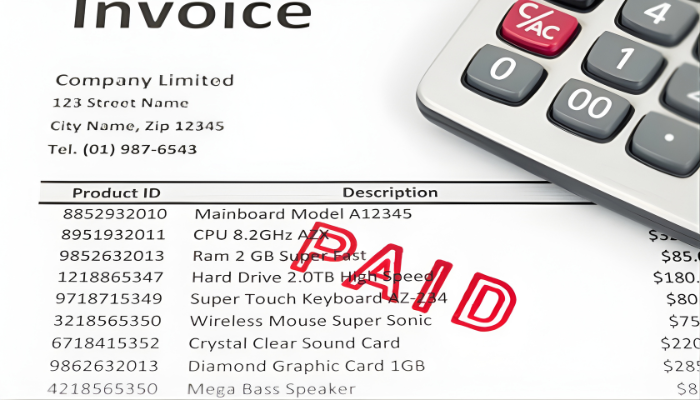In today's marketplace, it's more important than ever for entrepreneurs to analyze the development of their potential businesses. This is especially true when deciding on important aspects such as the small business's financial growth strategy and loss limits, both of which can determine whether the company will ultimately be successful. Rather than being caught off guard by these situations, entrepreneurs should consider these possible circumstances in the early part of their business development so that they can quickly adapt to changing conditions as needed.
Challenges to Business Success
For most companies, the largest challenge to success is the fast-changing environment of the market. What sells well today may not sell well tomorrow, and business owners must be willing to change their products, services, and operating methods to keep up with the fluctuations of the marketplace. The growth of technology can also pose a challenge for companies that have built their success on a brick-and-mortar approach in industries such as retail, consulting, or finance. Keeping a company going in the face of a changing business climate requires prompt action, an understanding of the target audience, and a willingness to drop established ways of conducting business in favor of new methods.
Deciding Loss Limits
Before making these kinds of changes, though, company owners must set firm loss limits. These limits refer to the amount of money the company can stand to lose before it must begin earning enough revenue to make up for the losses. Nearly all businesses lose money for the first few years, so the loss limits for some companies can be quite high. However, depending on your kind of business, you may be able to set your loss limits on the low end, particularly if your company does not require many assets or purchases. No matter how much the business climate changes, you should never exceed your loss limits, so make sure that you set them high enough to allow you to make pivots but low enough that you'll be able to cover them through your eventual revenue.
Fast Sales vs. Steady Growth
Another important metric for developing your business is your approach to increasing revenue. Will you pursue customers quickly, try to grab as many sales as possible and then focus on retention later? Or will you court a few clients and then work to up-sell them on additional products or services with the goal of a long-term business relationship? Both methods can be helpful, but you must choose one and then stick with it for a while to make sure that you get the most benefit out of it. Having a specific growth strategy can help you decide which changes to make to increase your sales.
Deciding how you want to develop and fund your business is critical to long-term success. If you carefully plan out your loss limits and your growth strategy, you'll be well equipped to overcome any challenges that you may face.














